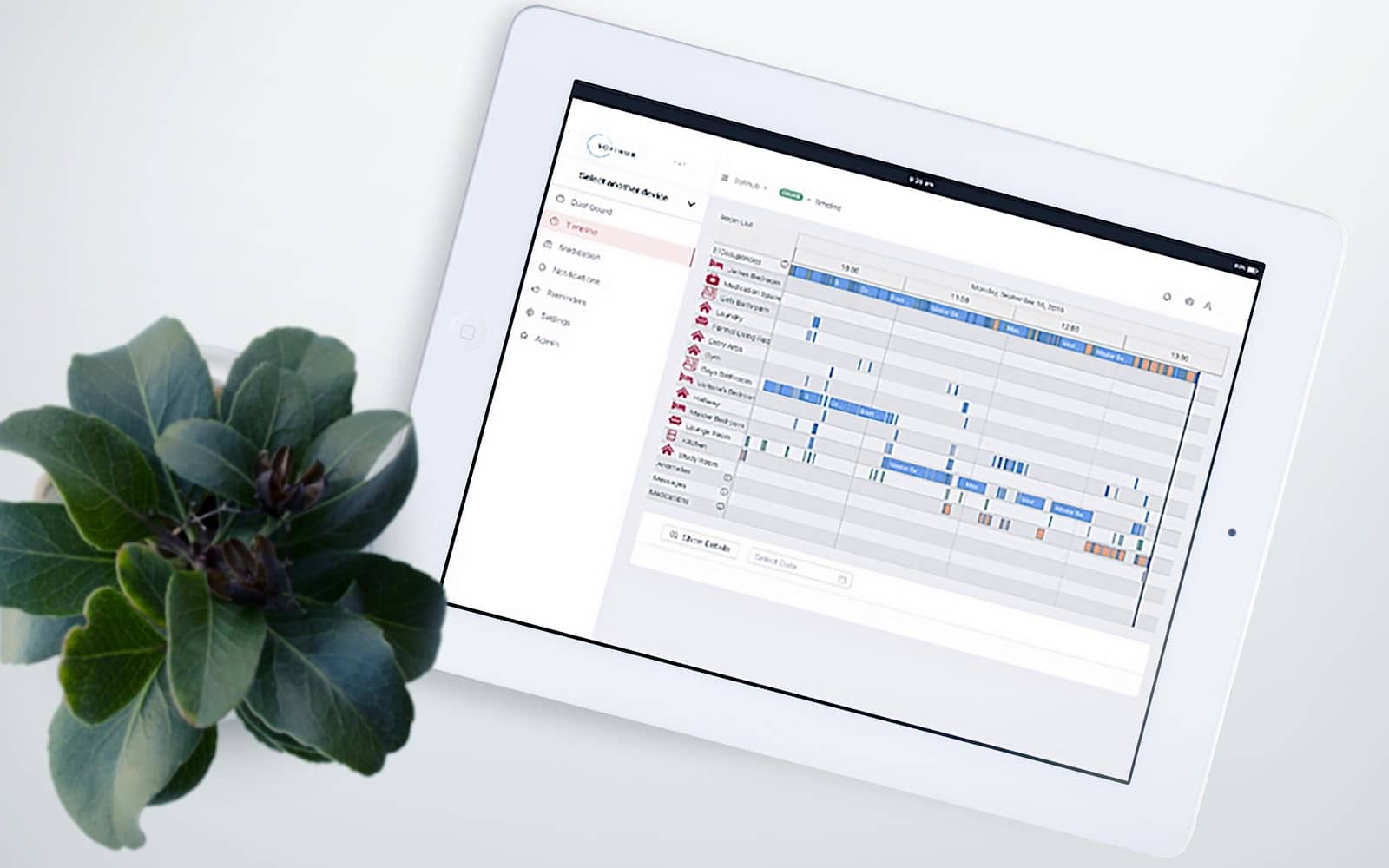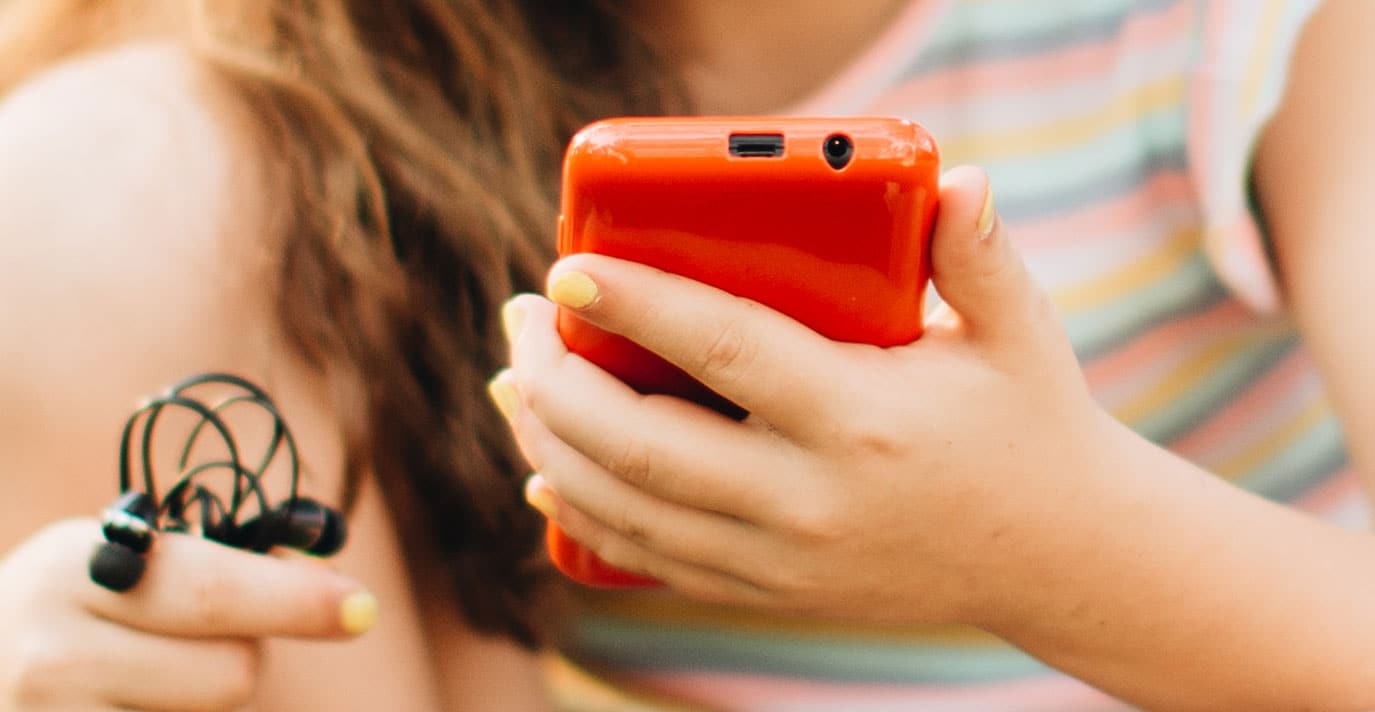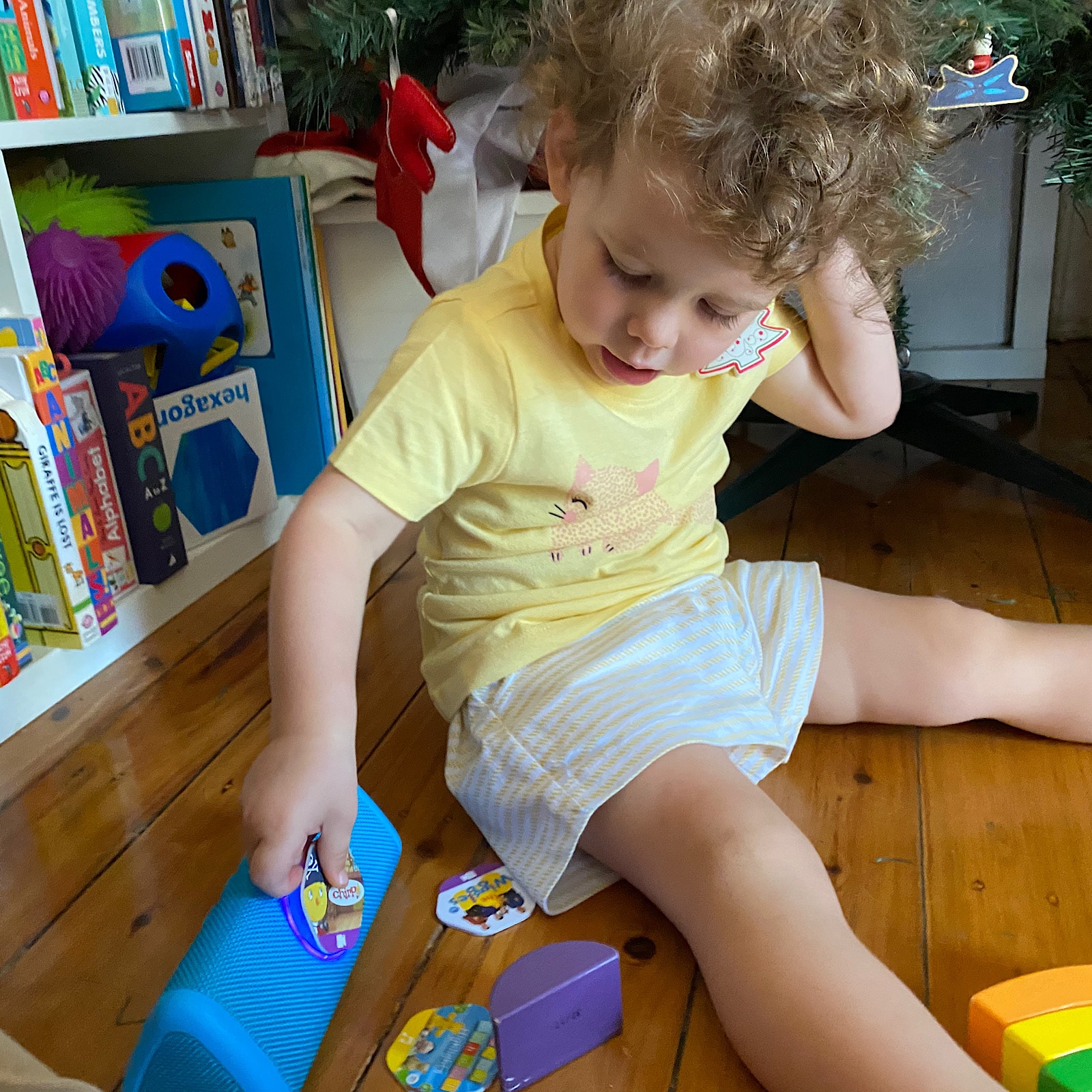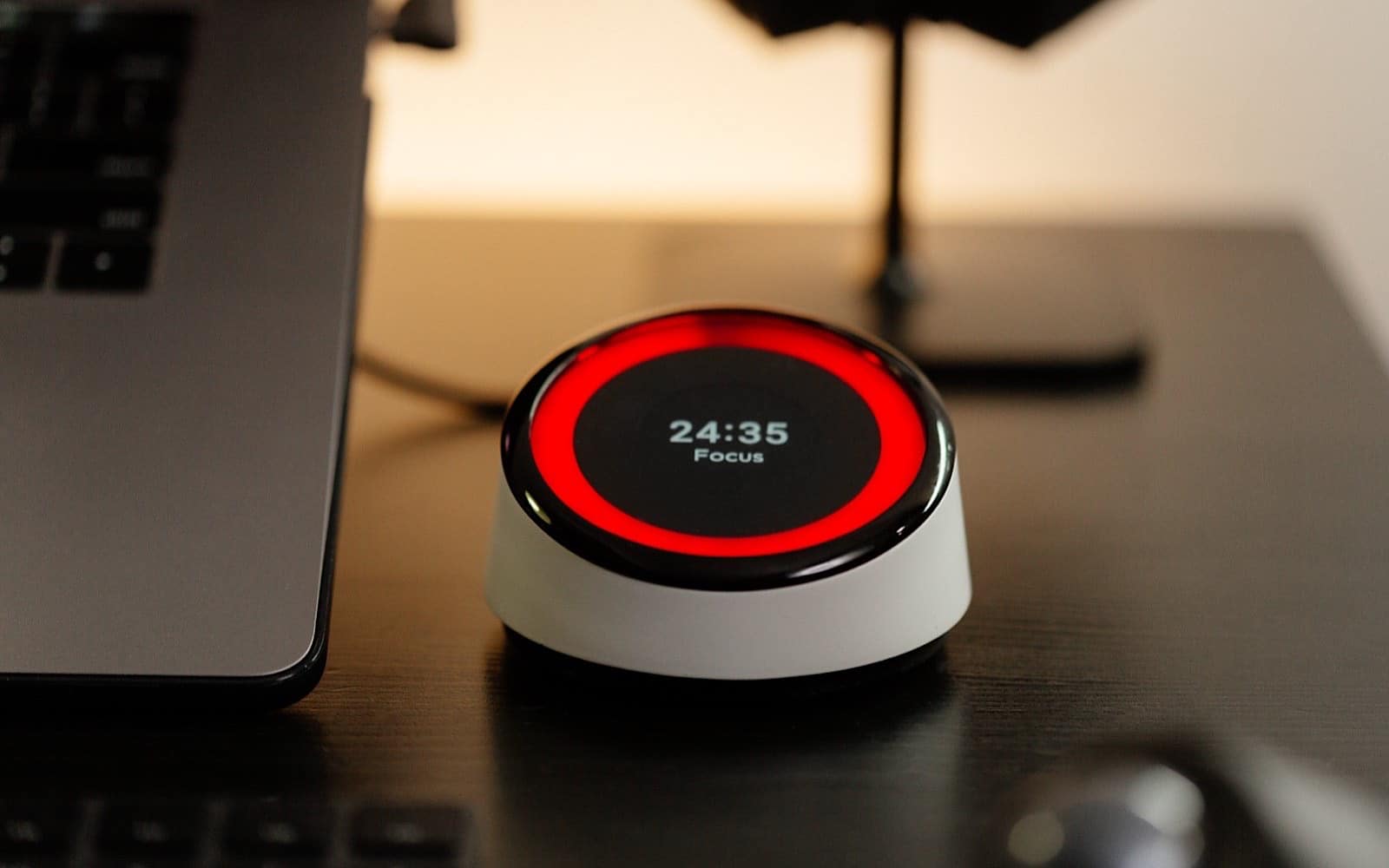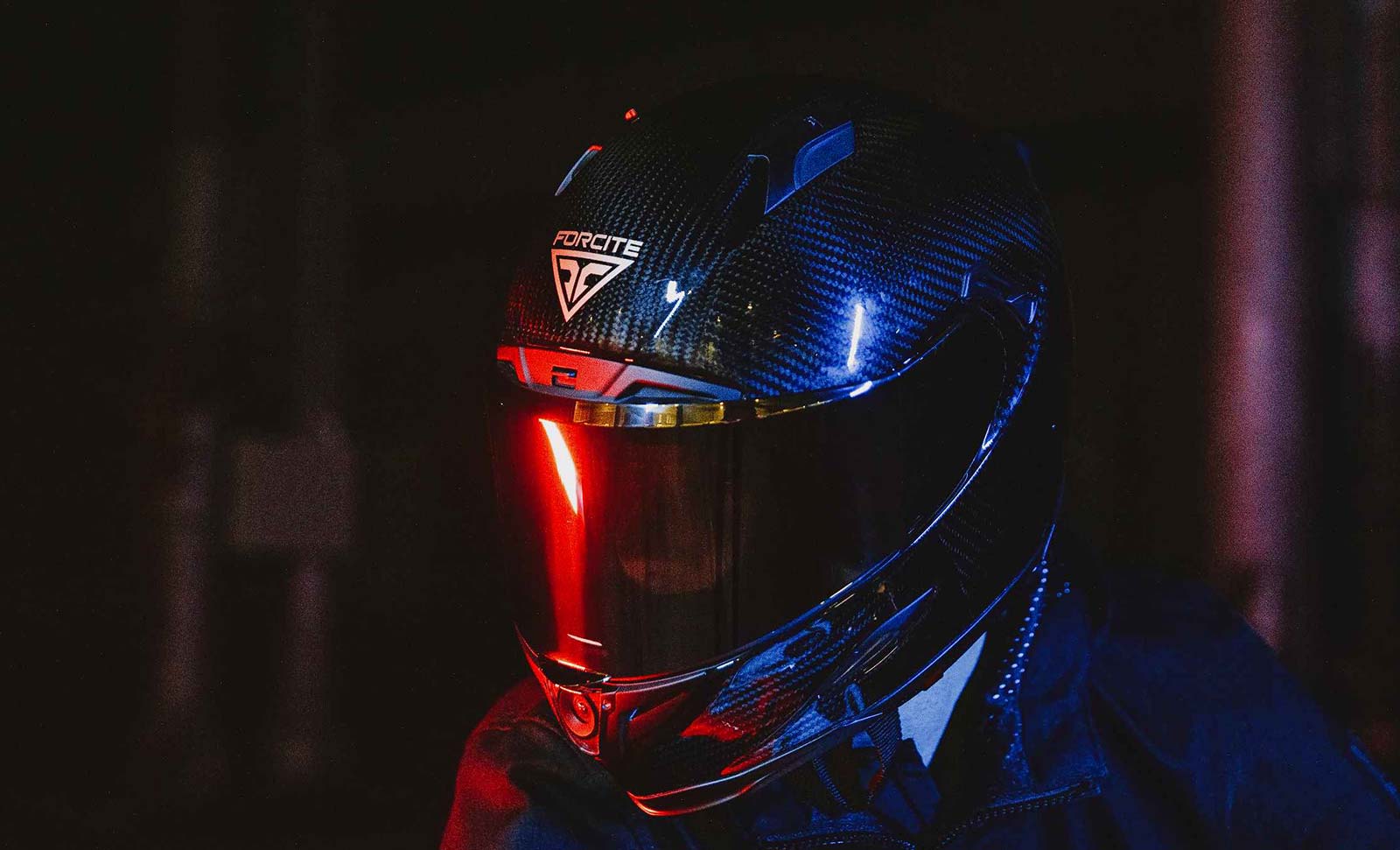Great ideas come from Australia, some that have change the world. From WiFi to the black box, Aussies have done amazing things, but what about now?
Australians are capable of amazing things, and they’ll continue to do more. You might not know much about Aussie ingenuity, but it has crafted so much, changing the world in ways you may not even realise.
You could look in many a backyard and figure the Hills Hoist is Australian — and you’d be right — but there are so many other local inventions you might not be aware of. The orange “black box” in aircraft is Australian, as is the medical ultrasound, the CPAP mask for sleep apnoea, and even WiFi.
That last one — WiFi — is something we all rely on each and every day, and it comes from the work by the CSIRO, the government’s science and tech department, which is still making things today. In fact, the CSIRO still creates things, with the last five years including a way of keeping apples fresh, a material that could make sea water drinkable, a potential take on Fitbit for dogs with a pet tracker, and a security concept for your computer that keeps things password protected based on how you walk.
But the CSIRO isn’t the only organisation putting Australia on the map for cool ideas. We’ve seen a few startups recently, and some of them could just get their ideas on the map, hailing from our spot of the world, too.
Sofihub: keeping tabs on family members
One of the ideas we absolutely love is about making sure family members are cared for, but in a remote way.
Technology can be difficult for oldies, and even for the young ones who haven’t really gotten the hang of it. Let’s face it: both groups have better things to worry about, whether the young ones are busy being kids (yay!) or the oldies might not really understand tech. And that’s fine, because it can be complicated.
Sofihub’s approach is to try and take the complexity out of something necessary, such as remote monitoring and helpful mindfulness of members of your family that may not be able to do it themselves.
It’s a hardware, software, and mobile solution, with a combination of remote hub, sensors, mobile connection, and artificial intelligence coming together to make sure your parents are doing the right thing. Did they take their pills, have they gone where they said they were going to? Did you need to remind them that the kids were coming over later? Sofihub aims to bring a sense of care to humans via technology, and in a way that doesn’t require excessive know-how.
“Sofihub was developed in collaboration with one of Australia’s leading universities after it was identified that there was a need for a digital home companion to provide remote care for the elderly or loved ones,” said Trevor Rooney, General Manager of Sofihub.
One of Australia’s growing startups, it’s a concept that has made its way beyond our country, and over to both New Zealand and America, with more on the way, with the company turning to AI next, using “predictive analytics” to forecast what might happen to people using Sofihub’s technology before it does, thereby reducing the impact on the patient’s need for healthcare.
“Predictive analytics uses an individual’s historical data to predict the future. It takes into account the patient’s past medical history, demographics, and behaviour,” said Rooney. “Combined with the expertise of medical professionals, it can then make a more precise prediction.
“One of the main benefits of predictive analytics is that it reduces the workload of an over-burdened healthcare system,” he said. “AI solutions can make healthcare less labour-intensive and can improve outcomes.”
G-Mee: a kid-specific smartphone
Every child wants a phone, and if you have children, there’s a good chance you’ve had to hand over your phone to them in the past. But between the fact that it’s expensive, fragile, and isn’t something you want to hand to a child, there’s a good chance you’ve grimaced every time you handed it over.
Smartphones aren’t typically for children. Australia’s G-Mee is a smartphone for children, and intentionally so.
“The idea of G-Mee safe smart devices all came about when my daughters wanted a device to listen to music in their bedrooms,’ said Charlie Brown, Creator of G-Mee.
The concept comes in two forms, with either a media player modelled off a phone made for children — basically a smartphone with the “phone” part removed — or one with the phone intact, and the result being a customised media solution for children, complete with parental controls on a version of Android. It means parents can give their kids a phone, but may not have to worry about some of the risks that come with a phone, such as sharing photos (because there’s no camera) or letting them install any app (because parents can allow or disallow apps).
In essence, G-Mee is a phone made for parents who want their kids to have a phone, but aren’t sure how to customise a phone to safeguard their children.
“As a dad and someone who loves tech, I could see all the benefits of the G-Mee range,” Brown told Pickr.
“We know that kids are engaging with technology at a much younger age than previous generations,” he said. “As parents and as a society, I feel we should be looking at ways to support our kids’ digital journey so that they become informed and responsible digital users into the future.”
In its current form, there are two G-Mee models that have been launched in Australia, with the phone-less media player offering a 5 inch WiFi only device for just under $100, while a model with 4G costs just under $150.
Brown wouldn’t tell Pickr what was coming next, but he did say that it has recently partnered with Australia Post, which he says is a good stepping stone to launching the product elsewhere.
“This is a significant win for our start-up and we’re excited to see where it takes the brand,” he said.
Birde: a family-safe media player for kids
G-Mee isn’t the only Australian gadget focused on kids worth paying attention to. Another named “Birde” offers a different take on the media player you’ve probably not seen before. We all have a speaker in some form, but Birde’s take on the speaker is about simplicity and ease of use, and it doesn’t connect to a phone the way yours does.
The idea is a speaker, but rather than equipping your kids with a phone or media player, you give them special disks that they can tap on the speaker to play programs. It could be music or an audiobook, or it could even be The Wiggles letting them have a song and dance, with Birde’s media player speaker providing an interactive experience that requires no phone, only speaker and the little pog-like disk, called an “audio seed.
“Daniel and Leah Corkin [the founders and creators of Birde] realised when they had their first son that whilst digital technology was changing rapidly away from CDs and DVDs towards streaming platforms and handheld screens, none of this technology was designed specifically for young children to use safely unsupervised,” said Jack Lord, CEO of Birde.
“So they created Birde as a simple and safe way for their boys and other children to listen to music and stories and watch videos without needing to worry about them being exposed to any inappropriate content or damaging expensive phones or iPads,” he said.
The result is a speaker that is about as easy to use as it gets: turn it on and tap the disk against it. It’s so simple, a two year old can use it, as ours did when we reviewed the Birde speaker system back in 2019.
On a technology level, it’s essentially just a speaker being triggered by Near-Field Communication in a little piece of cardboard or plastic, not unlike how your credit or debit card talks to a payment terminal in shops, now that cash is practically dead. It’s a similar concept, except applied to children’s stories and TV shows, with Birde working with some of ABC TV’s programs, plus a whole bunch of other entertainment for kids.
Birde even has the ability to work with TVs, thank to the app, while some of the audio seed disks are supplied with some books.
“These Birde enabled books have been extremely popular, and later this year we will be launching new titles and recordable stickers so parents or grandparents can record their own reading of a story, associate it to a Birde sticker, attach that sticker to the book, and their children will be able to hear them read the story,” said Lord.
TimeChi: a gadget that boosts productivity
Not every cool Australian startup idea is focused on kids or seniors. Some are focused on the everyday modern professional, such as one popping up called “TimeChi”.
It’s an idea built on the principle of staying focused while working, something that isn’t easy for everyone to do, which pushed its creator, Sean Greenhalgh, to conceive a gadget that tells people that you’re busy, and connects with both phone and computer to remind you of that fact, locking things out.
“TimeChi was created to bring more work/life balance and mindfulness to the modern worker,” said Greenhalgh, who told Pickr that the concept brought the power of something called “deep work”, a state of mind he says “when we’re fully focused on the task at hand and therefore”, which makes us more productive overall.
“Based on scientifically-proven methods, TimeChi unlocks deep work by providing a holistic, customisable time-boxing platform that helps you focus, block distractions and unnecessary disruptions across both digital and physical, [and] collaborate with others through third party software integrations, as well as track and fine-tune performance,” he said.
Announced last year, TimeChi is both hardware and software, but it’s the hardware that kind of warns everyone away, while the software does its thing to keep you in tune with the work you need to do.
Much like a piece of paper on the back of a chair can tell people to move along, TimeChi’s gadget glows red as a bit of an indicator to what’s happening, while talking with a phone and computer to keep you focused. When you’re done, you turn the lockout off on the TimeChi gadget, and it opens up the connection for your life again.
“Today, the way we view the modern workplace is adapting accordingly, and savvy businesses are rethinking the traditional notion of the workplace by exploring new innovative, scalable solutions to help streamline productivity,” Greenhalgh told Pickr.
“TimeChi is more than just a personal productivity device; it’s a powerful platform that supports individual productivity while providing powerful integrations with other workplace tools so you can recreate a virtual office with your team wherever, whenever.”
Forcite: a motorcycle helmet to keep you aware of the road
While some Australian ideas are about blocking you out from the world, others keep you tuned into it, and for good reason.
Riding a motorcycle can be dangerous because there’s nothing protecting you from an accident. But the risk goes beyond that, as Forcite’s Co-Founder and CEO Alfred Boyadgis notes.
“There’s so much happening on the road,” said Boyadgis. “Your brain will block out on parts, so if there’s something happening around you, your focus area will change, so you may miss an alert.”
It’s a risk that could cause an accident, and see a motorcyclist risk injury. Boyadgis was inspired by his own accident, which saw him go through an oil slick, that he wanted to have a motorcycle helmet alert on problems and possibilities. Initially entering and wining the James Dyson Award, Forcite has gone on to become a proper production gadget, resulting in a helmet that tells its riders what’s going on, and can capture video from the helmet, as well.
“In the early days, I first developed the technology and wanted it for the police force and number plate recognition,” Boyadgis told Pickr during an interview last year, before switching to a consumer-focused solution that could help everyone else using sensors and lights alongside a camera in the helmet.
“The dream of having a motorcycle helmet that could do all this wasn’t a pipe dream at all,” he said. “What the Forcite Mark 1 does is it can automatically start recording video in 1080p [while] the actual helmet has a headset inside so you can listen to music and take phone calls with the helmet.
“But the key feature that sets it apart is a special light display that can tell you future alerts through the app.”
Essentially, Australia’s Forcite builds a super helmet for motorcyclists, with the technology able to capture video, connect to your phone for calls and music, and then use a special assortment of sensors on the outside and lights to work with information coming in from apps. If there’s information about police ahead, you’ll get a coloured set of lights warning you on the inside, and the same is true for turns, weather changes, and so on.
“It’s Knight Rider in a helmet,” Boyadgis said, with the focus clearly on the technology, not just the fact that it’s a helmet.




